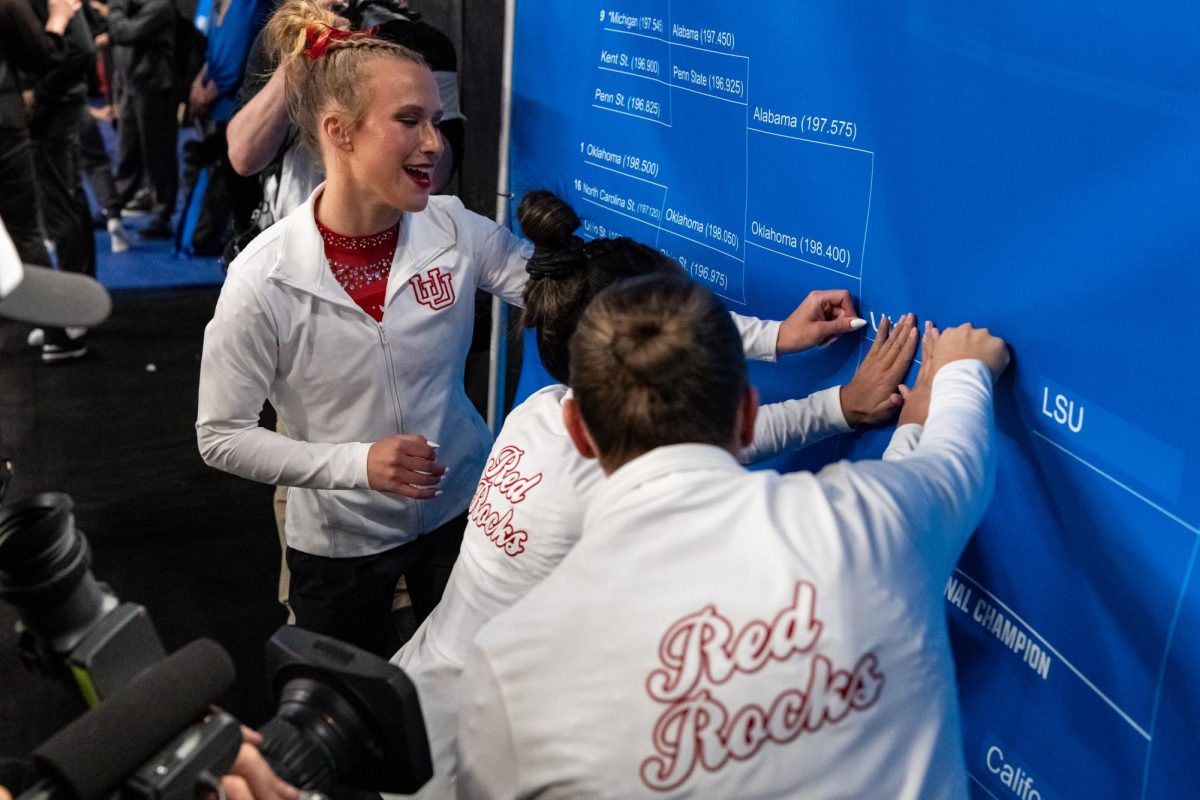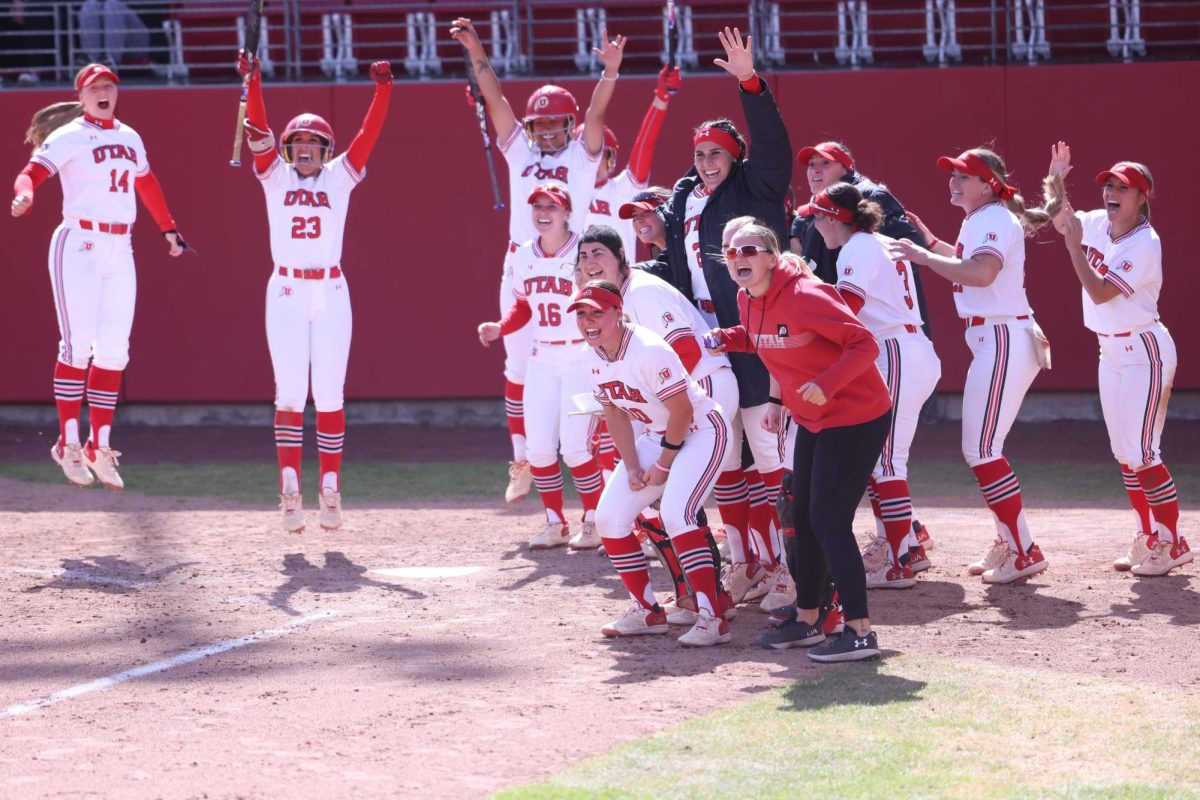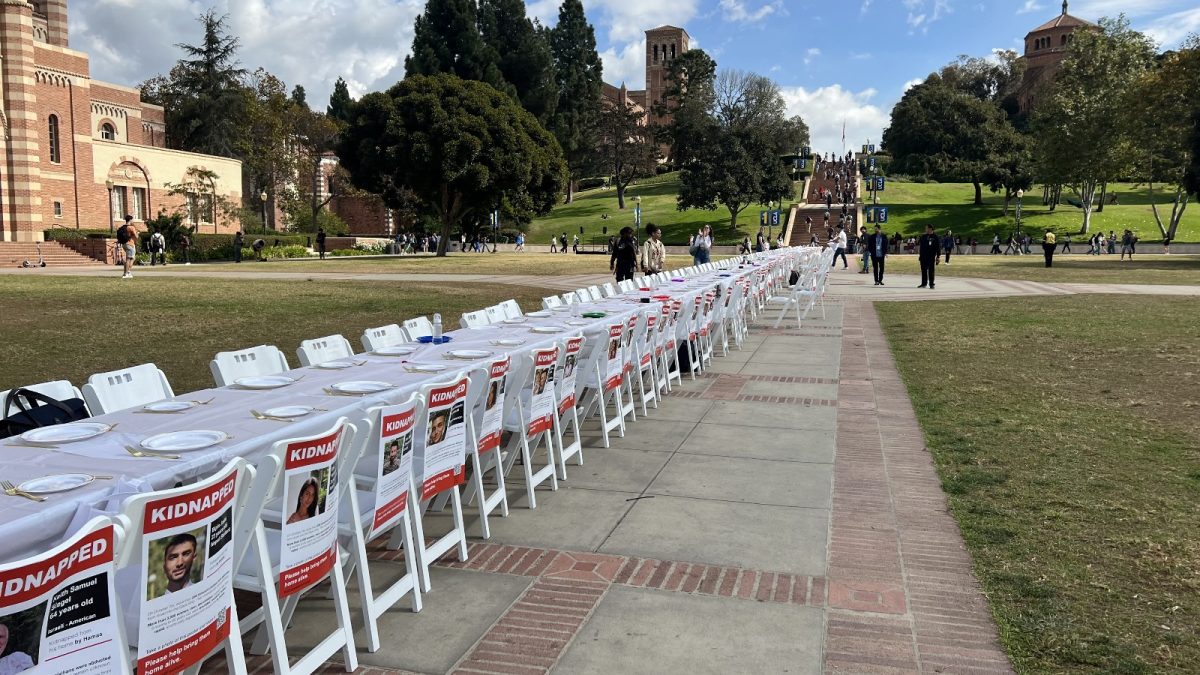While many poker strategists recommend a strategy of sound, tight play at all times, many of the more successful players embrace an aggressive strategy that might seem reckless, but is in reality highly successful.
Pros like Phil Ivey and Scott Fischman are among the latter variety, and if you have ever seen one of these guys play at a final table on TV, you have undoubtedly seen some plays that seem crazy. In actuality, they are well-calculated moves intended to disrupt a player’s “read” on what they are holding.
The plays made by these aggressive players are often based on the flow of the table. If you were to watch any of these aggressive players play the entire tournament, you would see them playing tight at times and loose at others. The reason for this change of style is that the best poker players know when to “change gears.”
Knowing when to change gears is one of the most important skills a poker player can have, especially if you are playing in a no-limit cash game (where you can bet as much as you want and you can pick up and leave with whatever money you have made at any time) or in a tournament. Both of these situations require some risk-taking that is often unnecessary in a regular cash game where the limits are preset.
Anyone who has played tournament poker has seen what can happen when someone plays too aggressively-they lose quickly and in embarrassing fashion-and most of us have seen what happens when a player plays too tight-they never get their chips in the pot, and when they do, they often end up folding after the community cards have been dealt for fear they are up against a better hand.
A good rule of thumb for knowing when to change gears is to play tight at a loose table and play loose at a tight table. Swimming against the stream is a popular tactic for many pros. This means you have to be attentive to how other players are playing at all times, and you have to be sensitive to subtle changes in betting patterns that will help you tell if a table is tightening up or loosening up.
For example, when I play in a 10-person single-table tournament (where you play nine other people until one person has all the chips and the top two or three get paid) my strategy is usually to play exceptionally tight at the beginning when the blinds (similar to antes) are low.
This serves two purposes. First, I build an exceptionally tight table image that I hope to exploit later in the tournament. Second, since people are more likely to play a hand when the blinds are cheap, I am effectively swimming against the stream by playing tight while those looking to gamble have their chance to be stupid and get eliminated early.
As the tournament progresses, and the field is narrowed to four or five, I will often change gears into a more aggressive mode. Even though the blinds are increasing at this point-making it more expensive to play-I know that the gradual increase in blinds (standard for tournament play) is difficult for most players to deal with, and as they tighten up for fear of making a major mistake, I try to take advantage. I also know that when it gets down to only a few players, everyone still left will be extra careful in the hopes of making the money. Little do they know that slowing down at that time only makes them more vulnerable to not making the money as their chip stack is slowly whittled away.
If you have questions about the game of poker that you would like to see answer in this column, please send me an e-mail.











